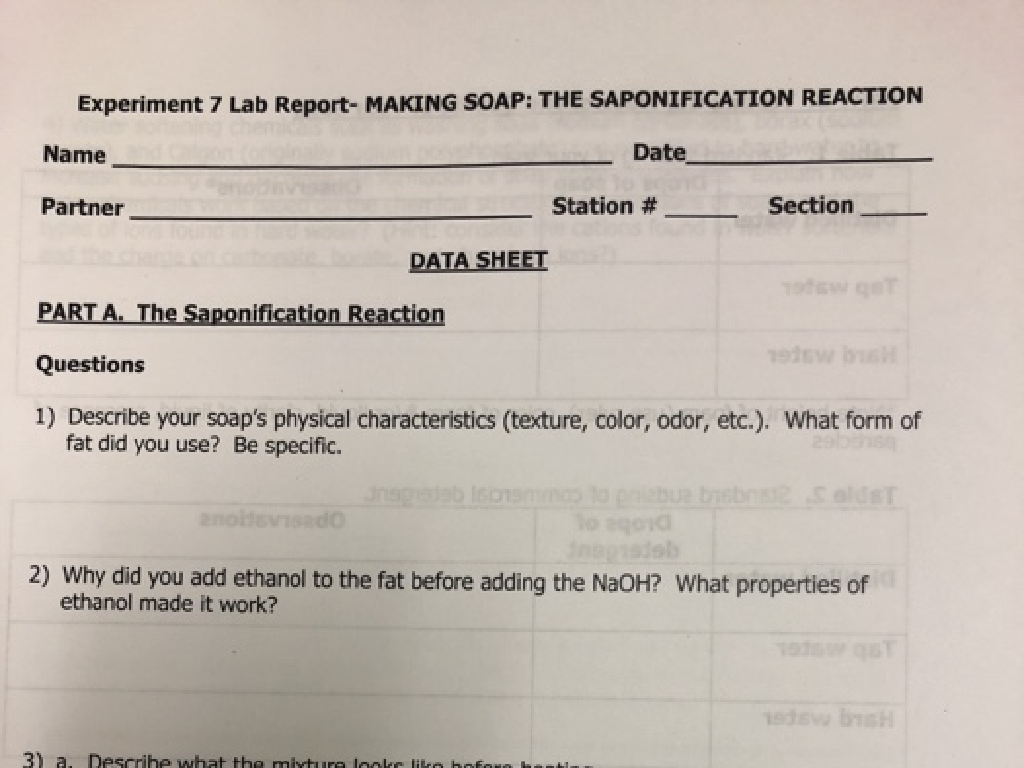Transitions With Conjunctive Adverbs
Subject: Language arts
Grade: Sixth grade
Topic: Writing Clearly And Concisely
Please LOG IN to download the presentation. Access is available to registered users only.
View More Content
Transitions with Conjunctive Adverbs
– Role of conjunctive adverbs
– They connect ideas smoothly, like bridges between thoughts.
– Examples: however, therefore
– ‘However’ shows contrast, ‘therefore’ indicates a conclusion.
– Enhancing writing clarity
– Using them helps readers follow your argument or story.
– Importance of concise writing
– Clear writing makes your message easy to understand.
|
This slide introduces the concept of conjunctive adverbs and their importance in creating clear and concise writing. Conjunctive adverbs act as connectors or transitions between sentences or independent clauses, providing a flow that enhances the readability of text. Examples such as ‘however’ and ‘therefore’ illustrate how these words can show contrast or lead to a conclusion, respectively. Emphasize to students that using conjunctive adverbs effectively can greatly improve the clarity of their writing, making it easier for readers to follow their thoughts and arguments. Encourage students to practice using different conjunctive adverbs in their writing exercises.
Conjunctive Adverbs: Enhancing Writing
– Define conjunctive adverbs
– Words that connect clauses & help with transition
– Examples: however, therefore
– ‘However’ shows contrast, ‘therefore’ shows result
– Contrast with conjunctions
– Conjunctions join words/phrases, adverbs modify
– Usage in sentences
– Use them to show sequence, contrast, cause, effect
|
Conjunctive adverbs are tools that writers use to join independent clauses and show the relationship between them. They are different from regular conjunctions, which typically join words, phrases, or clauses within a sentence. Conjunctive adverbs can also indicate sequence, contrast, cause and effect, or other relationships. Examples like ‘however’ and ‘therefore’ are commonly used and can change the flow of a sentence. Teach students to use these adverbs to make their writing clearer and more concise. Have them practice by identifying conjunctive adverbs in sentences and writing their own sentences using a list of given conjunctive adverbs.
Mastering Conjunctive Adverbs
– Crafting clear, complex sentences
– Conjunctive adverbs enhance sentence complexity without confusion.
– Linking ideas smoothly
– They act as bridges between thoughts, ensuring a cohesive flow.
– Punctuating conjunctive adverbs
– Learn where to place commas, semicolons when using conjunctive adverbs.
– Practice with examples
– ‘However’, ‘therefore’, ‘meanwhile’ can connect sentences or parts of a sentence.
|
This slide introduces students to the use of conjunctive adverbs, which are tools for creating sophisticated and clear sentences. Emphasize the role of conjunctive adverbs in joining independent clauses and enhancing the flow of ideas. Discuss the importance of correct punctuation, which often includes placing a semicolon before the conjunctive adverb and a comma after it. Provide examples and exercises for students to apply these concepts, such as combining sentences using conjunctive adverbs. Encourage students to practice writing sentences that use conjunctive adverbs to see how they can make their writing more coherent and engaging.
Enhancing Clarity with Conjunctive Adverbs
– Identify where to use conjunctive adverbs
– Rewrite sentences with conjunctive adverbs
– For example, ‘She was late. She missed the bus.’ becomes ‘She was late; therefore, she missed the bus.’
– Discuss meaning and flow changes
– How does ‘therefore’ change our understanding of the sentence?
– Practice examples together
– We’ll work through examples as a class to apply what we’ve learned.
|
This slide is focused on a class activity where students will practice using conjunctive adverbs to improve sentence clarity. Start by explaining what conjunctive adverbs are and how they can help connect ideas more clearly. Then, have students identify potential spots in sentences where conjunctive adverbs could enhance meaning. Next, guide students to rewrite those sentences using conjunctive adverbs like ‘therefore,’ ‘however,’ or ‘meanwhile.’ Discuss as a class how the new sentences differ in meaning and flow. Encourage students to explain their thought process. This activity will help students understand the importance of word choice in writing and how it affects the reader’s comprehension.
Group Activity: Sharpen Your Skills with Conjunctive Adverbs
– Break into small groups
– Receive a paragraph to revise
– Use conjunctive adverbs for clarity
– Examples: however, therefore, moreover, consequently
– Share revised paragraphs with class
|
This group activity is designed to enhance students’ understanding of using conjunctive adverbs to write more clearly and concisely. Divide the class into small groups and provide each group with a paragraph that lacks transitions. Instruct them to improve the paragraph by incorporating conjunctive adverbs that connect ideas smoothly. Examples of conjunctive adverbs include ‘however,’ ‘therefore,’ ‘moreover,’ and ‘consequently.’ After the revision, each group will present their enhanced paragraph to the class. This exercise will help students see the importance of transition words in writing and how they can change the flow of a paragraph. For the teacher: Prepare diverse paragraphs of varying difficulty to cater to different skill levels within the class. Encourage groups to discuss why they chose specific conjunctive adverbs and what effect these have on the clarity and conciseness of the paragraph.
Share and Reflect: The Power of Transitions
– Groups present revised paragraphs
– Discuss paragraph improvements
– Reflect on transition words’ role
– How do transitions connect ideas?
– Understand transitions in writing
– Transitions make writing smooth and easy to follow.
|
This slide is aimed at consolidating the students’ understanding of conjunctive adverbs and their role in creating clear and concise writing. Each group will present the paragraphs they have revised, highlighting the changes made. The class will then discuss how these revisions have improved the clarity and flow of the paragraphs. Students should reflect on how transition words help to connect ideas and ensure the reader can follow the writer’s train of thought. Emphasize that good use of transition words is a key skill in writing and can greatly enhance the readability of their work. Encourage students to think critically about the choice of transition words and how they can apply this knowledge to their future writing assignments.
Class Activity: Mastering Conjunctive Adverbs
– Start individual timed writing exercise
– Use conjunctive adverbs in sentences
– Examples: ‘however’, ‘therefore’, ‘moreover’
– Aim for clear and concise writing
– Reflect on the use of conjunctive adverbs
– Think about how the adverbs change the flow of your writing
|
This activity is designed to help students practice using conjunctive adverbs to improve the flow of their writing. Students will work individually on a timed writing exercise where they will connect sentences using conjunctive adverbs such as ‘however’, ‘therefore’, and ‘moreover’. The focus will be on writing clearly and concisely. After the exercise, students should reflect on how the conjunctive adverbs affected their sentence structure and the overall clarity of their writing. For the teacher: Prepare a list of sentences that students can connect using conjunctive adverbs, monitor the students as they write, and be ready to provide feedback on their use of conjunctive adverbs.
Wrapping Up: Conjunctive Adverbs & Homework
– Recap: Why conjunctive adverbs matter
– Homework: Craft a short essay
– Include at least five different conjunctive adverbs
– Use conjunctive adverbs effectively
– Connect ideas smoothly in your essay
– Next class: Reading Comprehension
|
As we conclude today’s lesson, remind students of the role conjunctive adverbs play in creating clear and cohesive writing. For homework, they are to write a short essay on a topic of their choice, ensuring the use of at least five different conjunctive adverbs to connect ideas and sentences. This will help reinforce their understanding and application of today’s lesson. Looking ahead, prepare students for the next class by mentioning that we will focus on reading comprehension strategies, which will further enhance their language arts skills. Encourage them to bring any questions they have about conjunctive adverbs to the next class for clarification.






